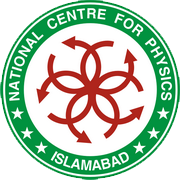24, October, 2018
Hubble Space Telescope (HST) continue to astonish astronomers, astrophysicists and the public with its amazing discoveries that are re-writing text books. Hubble celebrated its 28th birthday this year. It is not by chance that this amazing observatory has continued to be productive and technologically relevant over 3 decades. Astronauts have visited Hubble 5 times in this time period, continually upgrading its instrumentation and repairing failed hardware. Implementing this servicing calls in no small feat. It requires a huge amount of out of the box thinking, planning, engineering, training and coordination among several NASA and public organization. A servicing mission is a prime example of great project management, coalition building, engineering marvels and endurance. In this talk Mr. Ahmed will describe key elements of Hubble design, the space-based architecture, mission constraints from space shuttle and astronauts and political considerations that all have to come together to make a servicing call successful. Mr. Ahmed will also describe some surprises and contingencies NASA faced during these missions and how the Hubble team was able to overcome these challenges. Mr. Ahmed will close with describing some of the latest scientific discoveries made by Hubble to date.
About Speaker
Mansoor is currently serving as the Associate Director of the Astrophysics Projects Division as well as the Program Manager for the Physics of the Cosmos program and the Cosmic Origins program at NASA Goddard Space Flight Centre.
Mansoor has spent most of his career in serving the Hubble Space Telescope (HST) program in different capacities, including the Flight Operations Manager and the Project Manager for HST operations. He has participated in all but one Hubble repair missions. During a short stint away from HST, Mansoor has served as the Mission Manager for the Compton Gamma Ray Observatory De-Orbit mission, the Deputy Project Manager for the James Web Space Telescope and as the Project Manager for the Laser Interferometer Space Antenna (LISA) mission, a collaborative endeavor between NASA and the European Space Agency with the goal to verify Einstein’s theory of relativity by detecting gravitational waves generated by massive objects in our universe, as predicted by Einstein.
Mansoor grew up in Peshawar and studied in PAF College Lower Topa before migrating to the US in 1970. Mansoor has a B.S degree from University of Maryland and M.S. from George Washington University, both in mechanical engineering. He has received the NASA Group Achievement Award, 2001; the Goddard Space Flight Centre Group Achievement Award, 1995; and the NASA Exceptional Service Medal, 1995. Mansoor has been a member of the US government Senior Executive Service (SES) in 2007.
In this presentation, the Laboratory’s primary aims will be described, including research and discovery in particle physics; the advancement and development of new technologies and their transfer to fields beyond particle physics; the education and training of tomorrow’s scientists and engineers; and opportunities for international collaboration.
Participation
This talk is intended for general public and will be given at the level of Scientific American. The public and all university and advance level college students are encouraged to participate. There is no registration fee to attend the lecture. Kindly bring CNIC to attend the lecture. For further information please email at caad@ncp.edu.pk
Activity Coordinator
- Dr. M. Junaid (TPD, NCP, Islamabad) Tel.: 051-2077300 Ext. 506
- Ms. Rabia Rasheed (CAAD, NCP, Islamabad) Tel.: 051-2077350
Venue and Date
October 24, 2018 from 1430 - 1530 hrs., PKT Ishfaq Ahmad Auditorium, National Centre for Physics, Islamabad, Pakistan
Lecture Poster
To download the course brochure, click here.

For Further Queries, Please Contact:
Collaborations & Academic Activities Department (CAAD)
National Centre for Physics
Islamabad, Pakistan
Tel: +92-51-2077350
Fax: +92-51-2077342
E-mail:
Website: www.ncp.edu.pk
